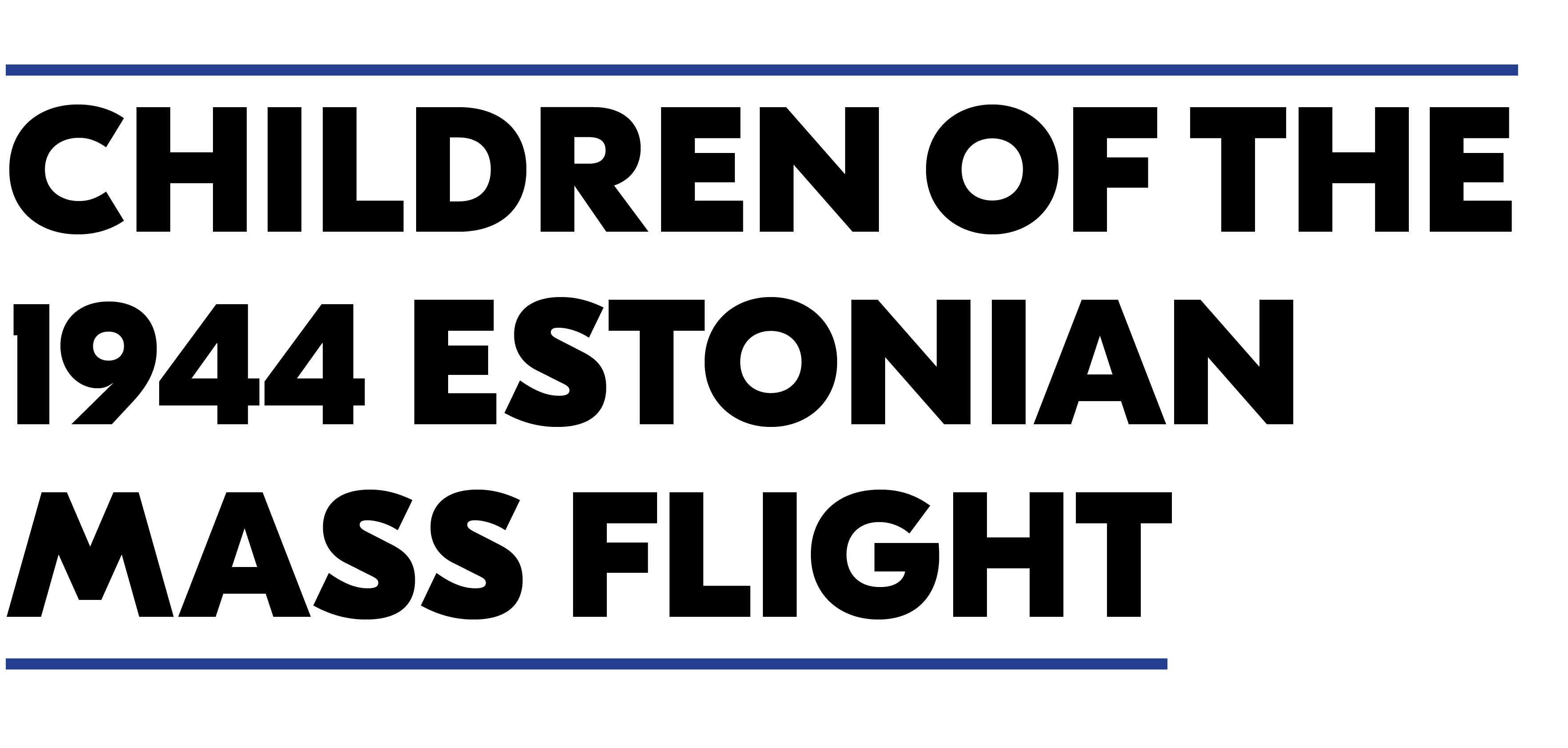



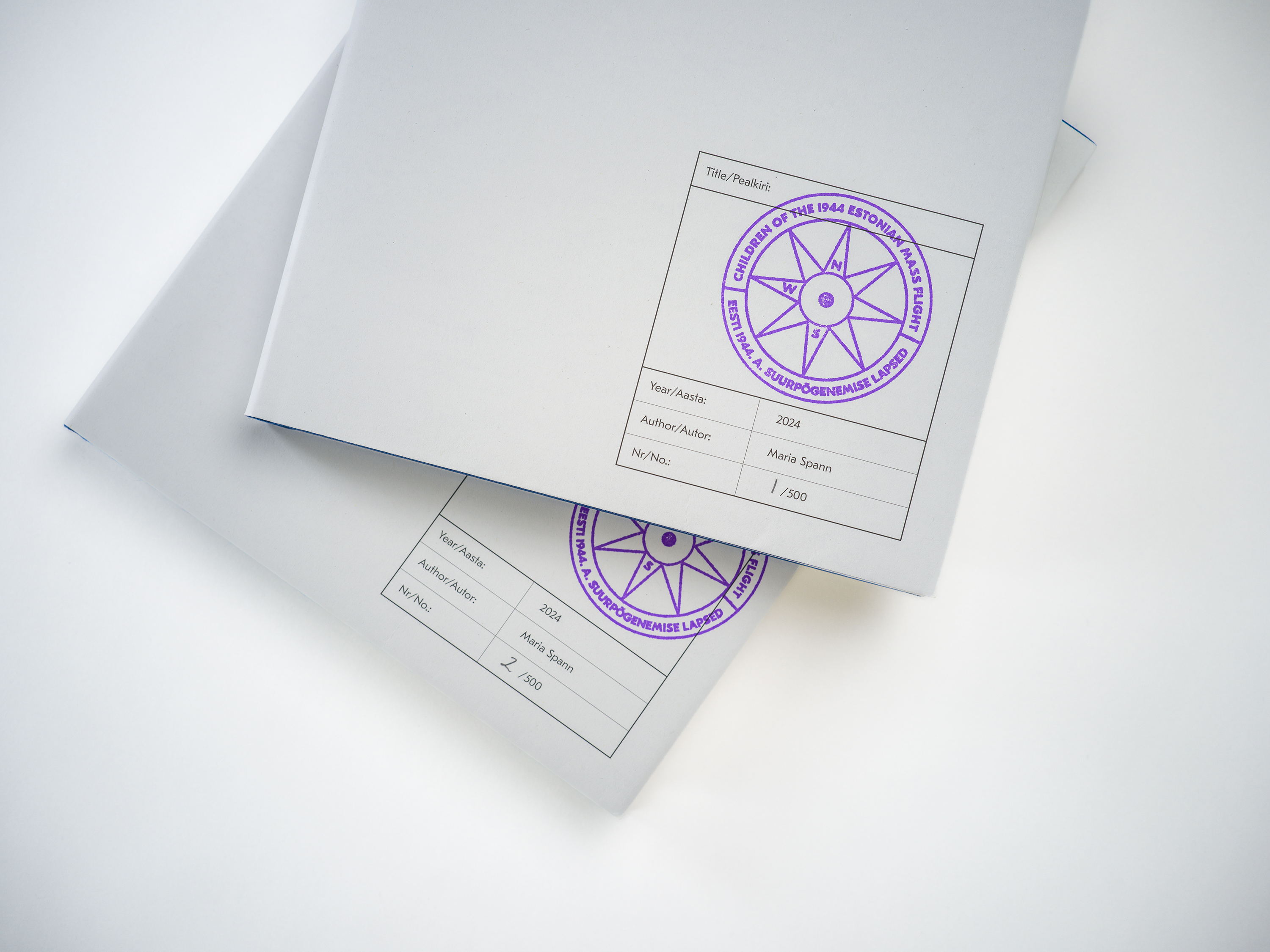

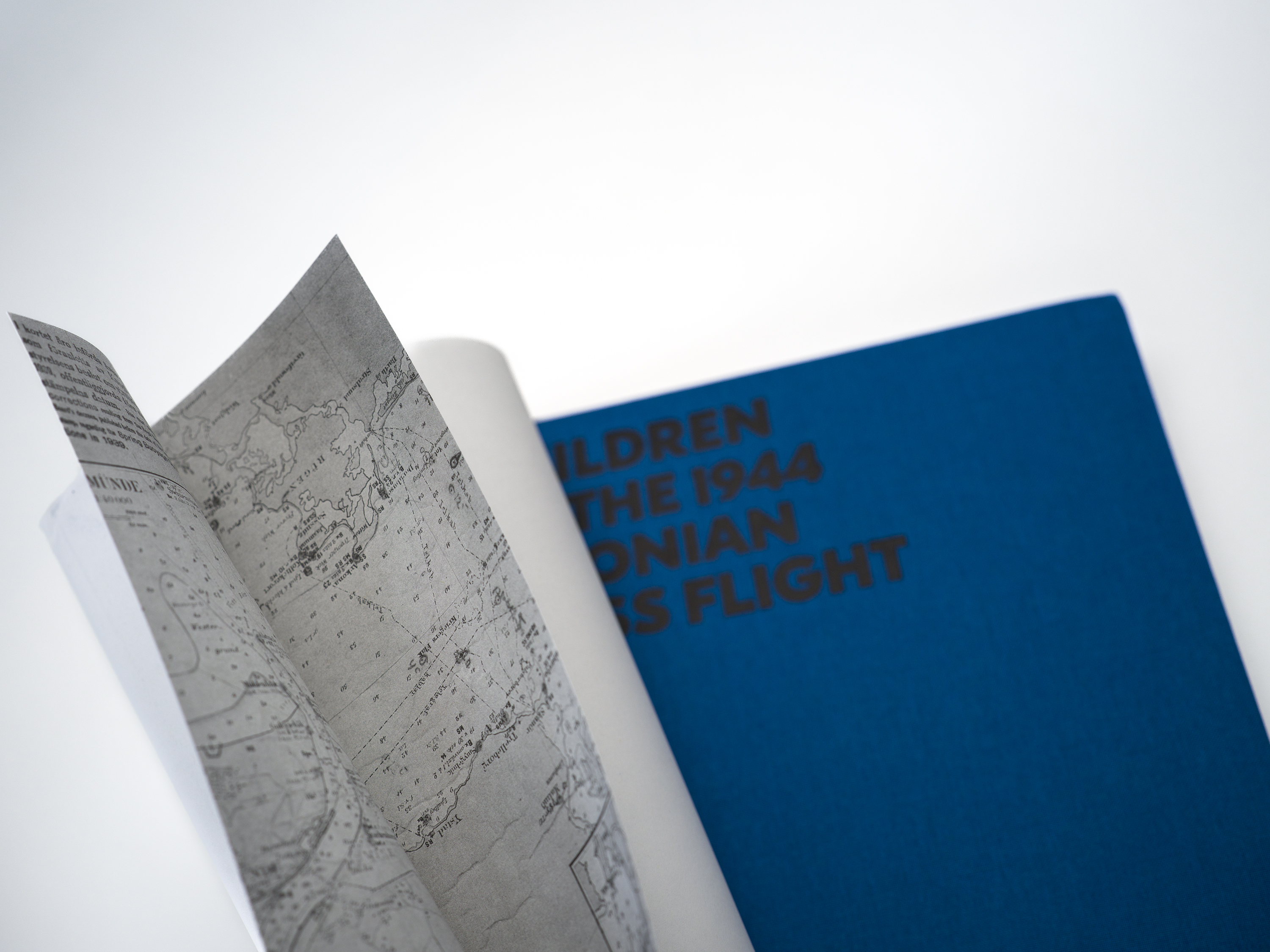
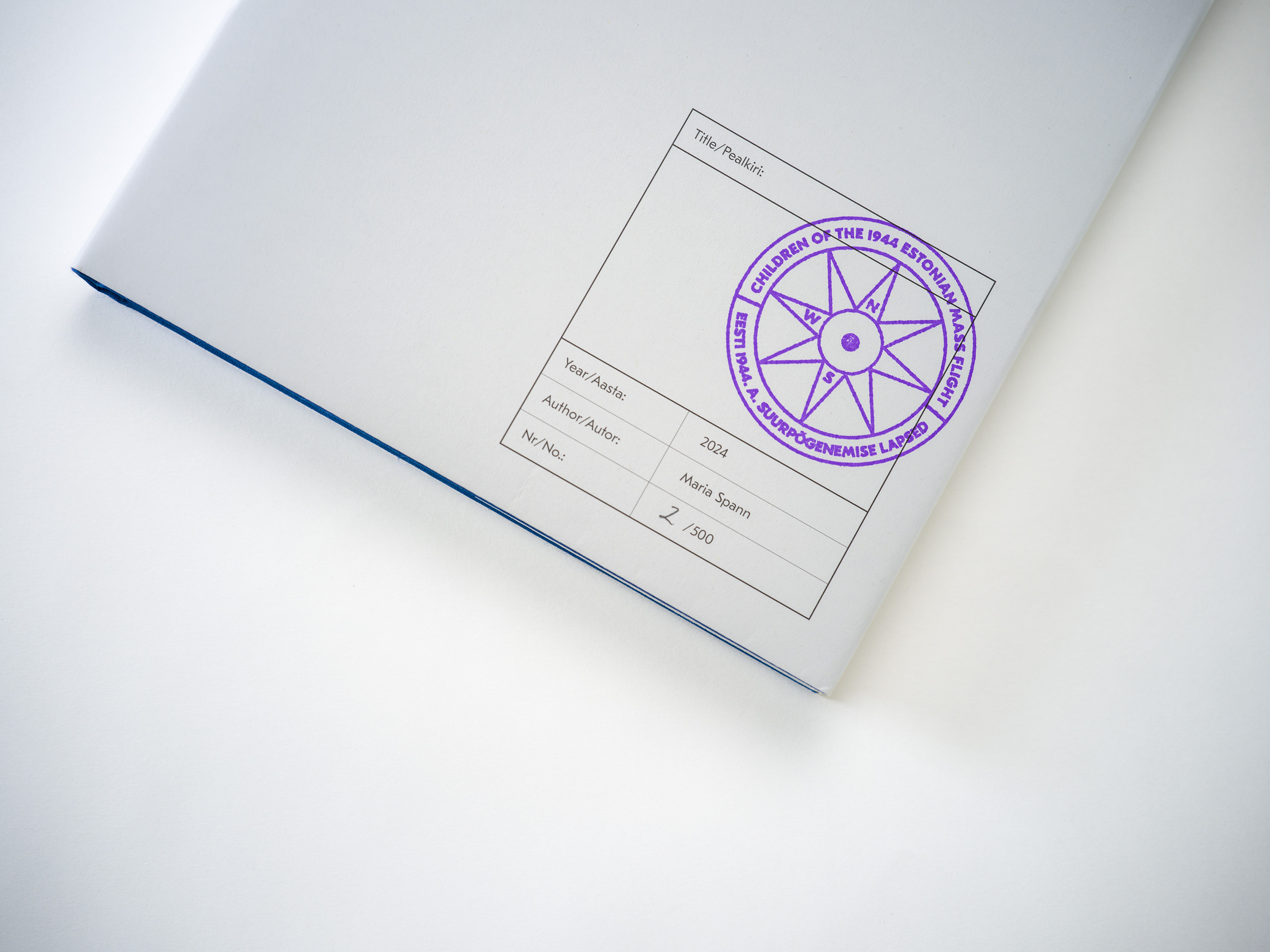

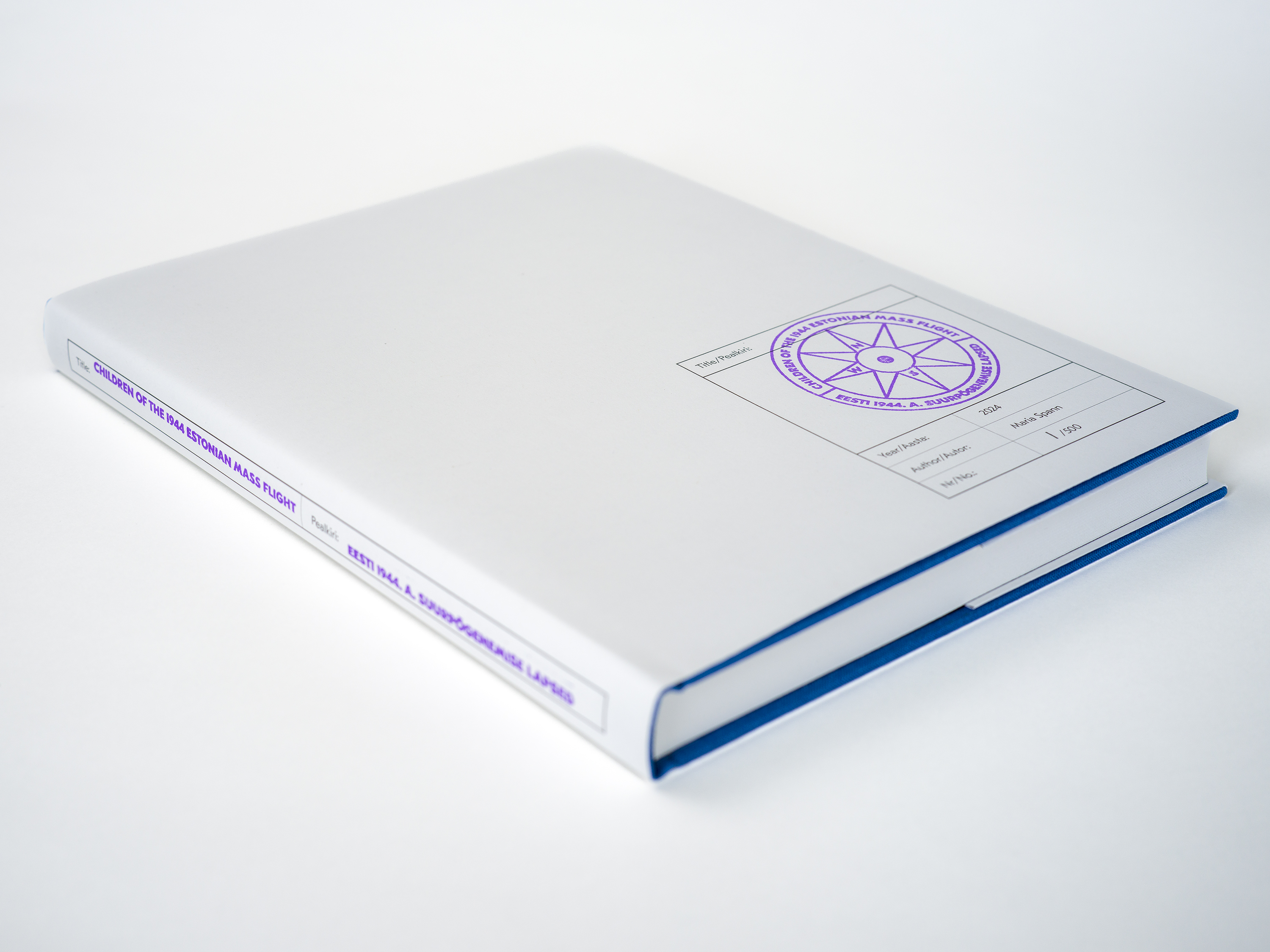
In 1944, thousands of Estonians escaped from the invading Russian Army across the sea to Sweden, Finland, Germany and German-annexed parts of Poland. My uncle and mother were seven and five years old when they were smuggled with their mother onto the boat Juhan, which made nine journeys from Tallinn to Stockholm in 1944 to transport ethnic Swedes from Estonia to their ancient homeland. My grandfather followed a few weeks later in a small rowing boat.
During my childhood I heard the story of their escape mostly from an adult point of view, but always wondered what it was like for the children. I became interested in pursuing the “Children of the 1944 Estonian Mass Flight” project a few years ago, when my grandparents had passed away and my mother and uncle were the only “real” Estonians left in our family with memories of Estonia and the escape from there. I became fascinated by how different their account of events was from the (very few) stories my grandparents had told us. It was more about strong sensory memories – the smell of the boat, the taste of the white bread – than the actual events of the journey itself. Also, as I have met with people for this project, I have found that what you remember as a five-year-old differs greatly to what you remember as a twelve-year-old.
To this day, my mother can’t stand the smell of engine-oil as she was hiding in a tool box. My uncle has no memories of the boat journey itself, but remembers the soft white bread and hot milk they were served as they arrived in Sweden. This is what I am most interested in when pursuing this project – what memories do these “children” have of the escape? How you process something like this as a child?
For the project, I make portraits of each person (siblings together if possible), but I also photograph an object – something they brought with them from Estonia or something that they have kept from that time.
Ernest Hemingway wrote, “In every port in the world, at least two Estonians can be found”, and that certainly seems to be true. I will keep working on this project until there are none of these ‘children’ left to find – please get in touch if you or a family member would like to contribute with a story. The project feels especially poignant as there are so many refugees fleeing across waters all over the globe today.
During my childhood I heard the story of their escape mostly from an adult point of view, but always wondered what it was like for the children. I became interested in pursuing the “Children of the 1944 Estonian Mass Flight” project a few years ago, when my grandparents had passed away and my mother and uncle were the only “real” Estonians left in our family with memories of Estonia and the escape from there. I became fascinated by how different their account of events was from the (very few) stories my grandparents had told us. It was more about strong sensory memories – the smell of the boat, the taste of the white bread – than the actual events of the journey itself. Also, as I have met with people for this project, I have found that what you remember as a five-year-old differs greatly to what you remember as a twelve-year-old.
To this day, my mother can’t stand the smell of engine-oil as she was hiding in a tool box. My uncle has no memories of the boat journey itself, but remembers the soft white bread and hot milk they were served as they arrived in Sweden. This is what I am most interested in when pursuing this project – what memories do these “children” have of the escape? How you process something like this as a child?
For the project, I make portraits of each person (siblings together if possible), but I also photograph an object – something they brought with them from Estonia or something that they have kept from that time.
Ernest Hemingway wrote, “In every port in the world, at least two Estonians can be found”, and that certainly seems to be true. I will keep working on this project until there are none of these ‘children’ left to find – please get in touch if you or a family member would like to contribute with a story. The project feels especially poignant as there are so many refugees fleeing across waters all over the globe today.